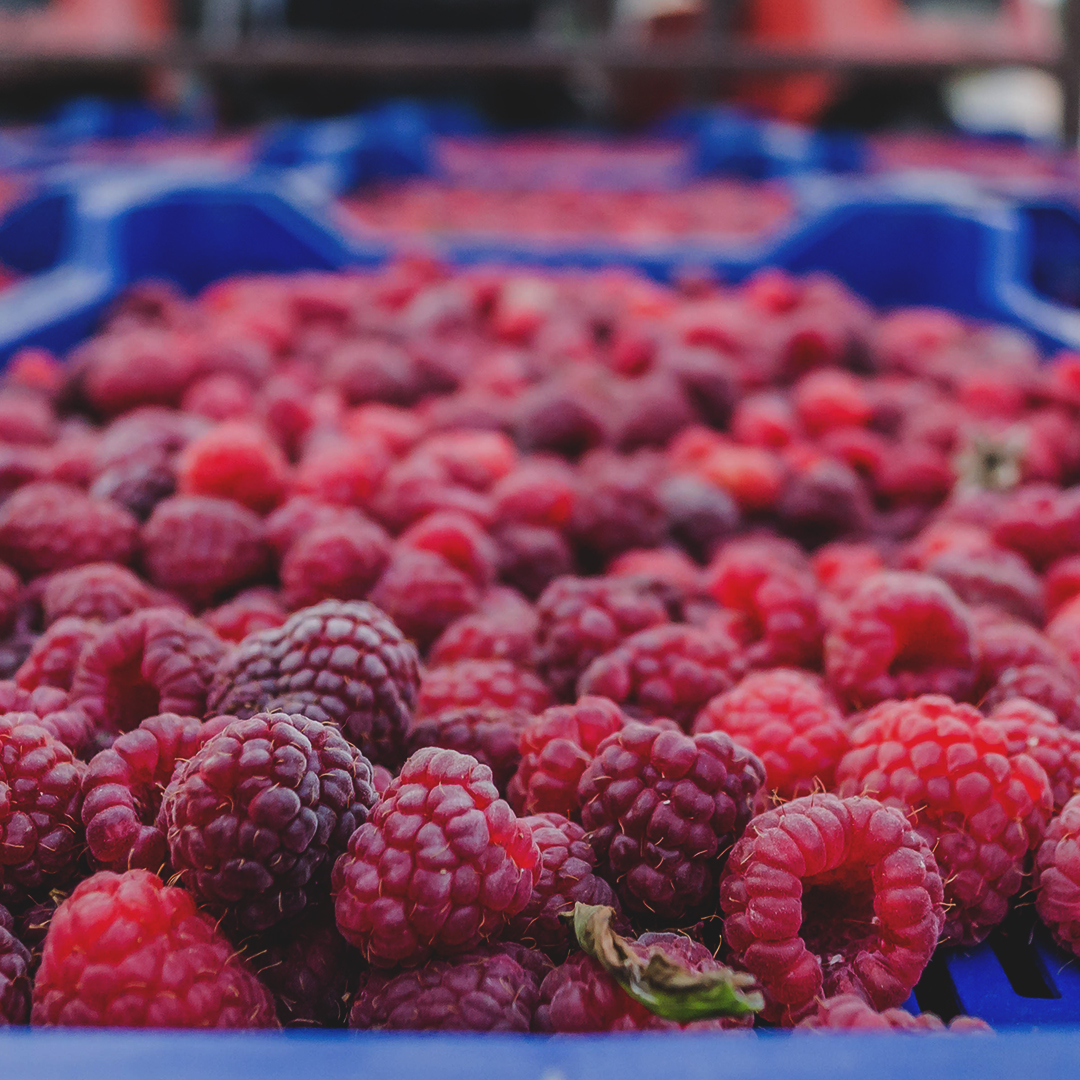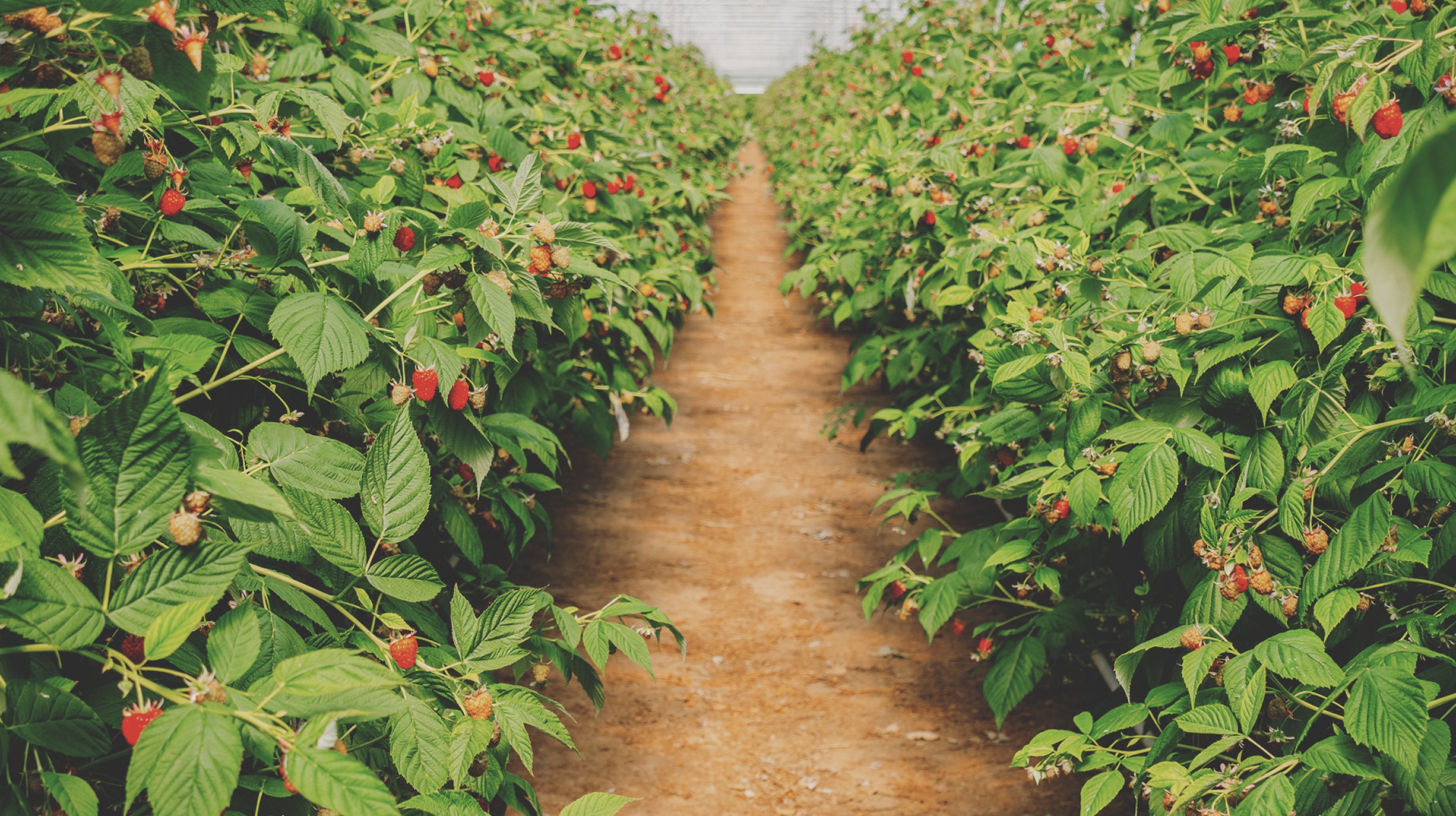When buying groceries for our family, we want to ensure that we’re getting healthy foods, and generally we assume that raw fruits and vegetables are going to be the most nutritious. But is that always true?
Both fruit and vegetables stop receiving nutrients the moment they’re plucked from the vine, tree, or ground, which is unlikely to surprise anyone. But did you know that “fresh” foods are typically harvested long before they’re ripe, so that they’ll ripen on the way? That fresh food can spend several days on the road, and even more in low-temperature storage (up to 8 months, depending on the food), and still be called “fresh” should give you pause.

Freeze-dried foods, on the other hand, aren’t harvested until they’re fully ripe so they have a head start in the nutrition comparison right away (and can last years without needing to be refrigerated). It turns out that there’s a lot of research available on how well (or not) both freeze-dried and fresh foods retain nutrition, and some of it is pretty surprising.
A study jointly conducted by Newcastle University School of Agriculture, Food and Rural Development and global ingredient producer Chaucer shows that freeze-dried fruit retains almost all of its nutritional value.
“Previous research conducted by Sheffield Hallam University found that freeze-drying strawberries resulted in zero loss of vitamin C and phenolic content and minimal losses in total antioxidant capacity (TAC) – only 8%” according to Food Navigator.com
The added benefit of freeze-dried foods is that they are shelf-stable, so you get all the benefits of fresh fruit and vegetables, but without needing energy intensive refrigeration to store them. They also take up much less space than their frozen counterparts: if you remove all of the water from a tomato or a strawberry, the powder that’s left takes up only about 5-10% of the volume of the original fruit!
So if you’re considering the nutritional implications of freeze-dried ingredients versus raw in your next product, you might be shocked to find how well a shelf-stable product can deliver.
Article written by:
Brian Lynchehaun







